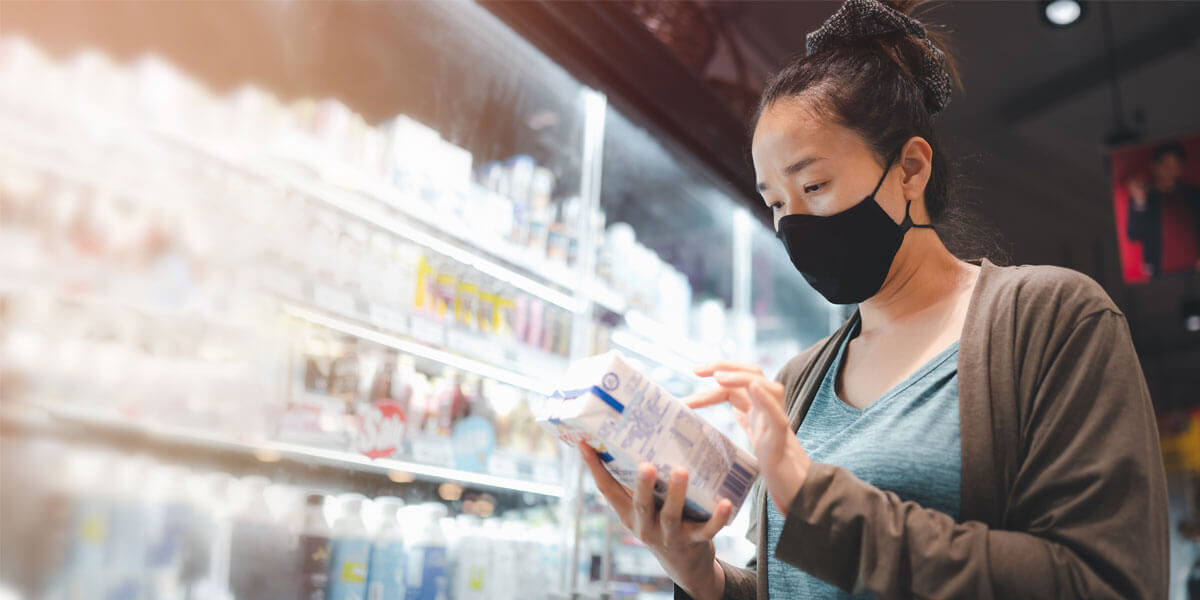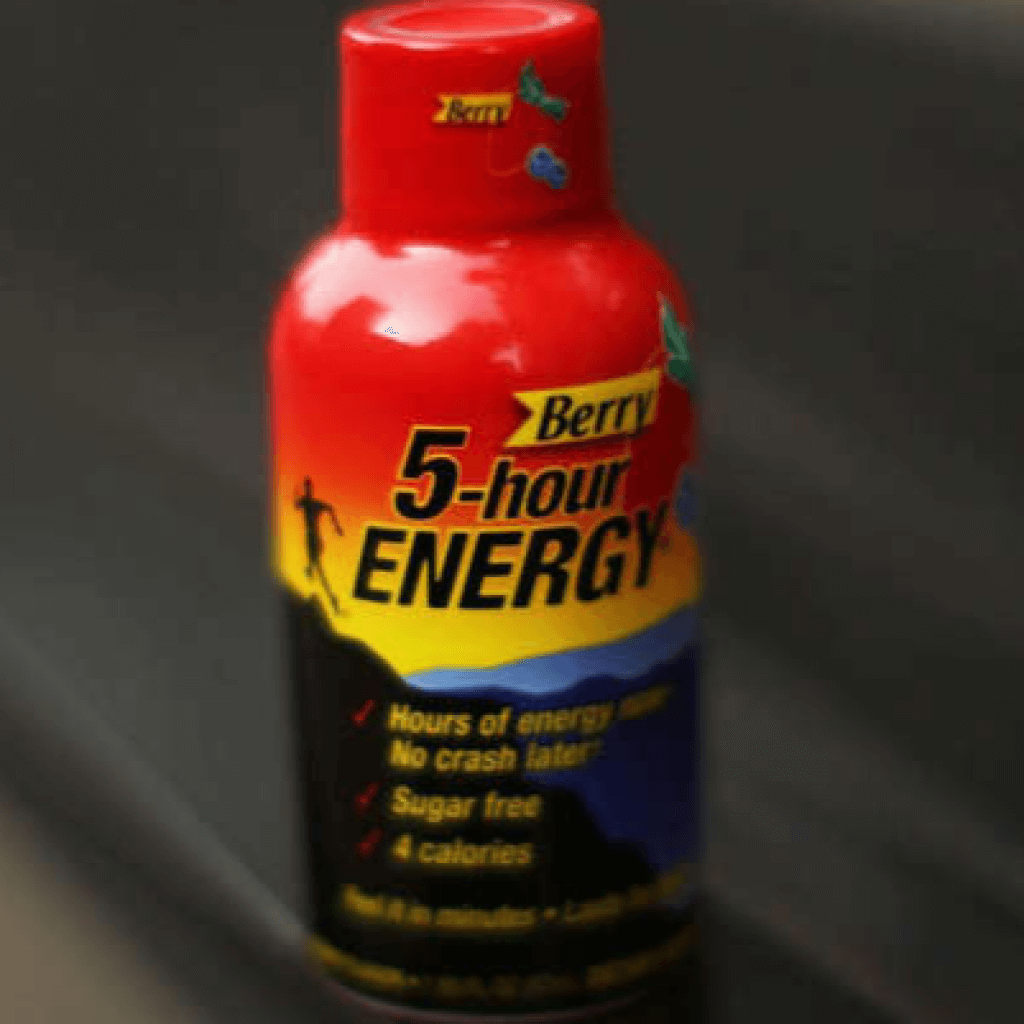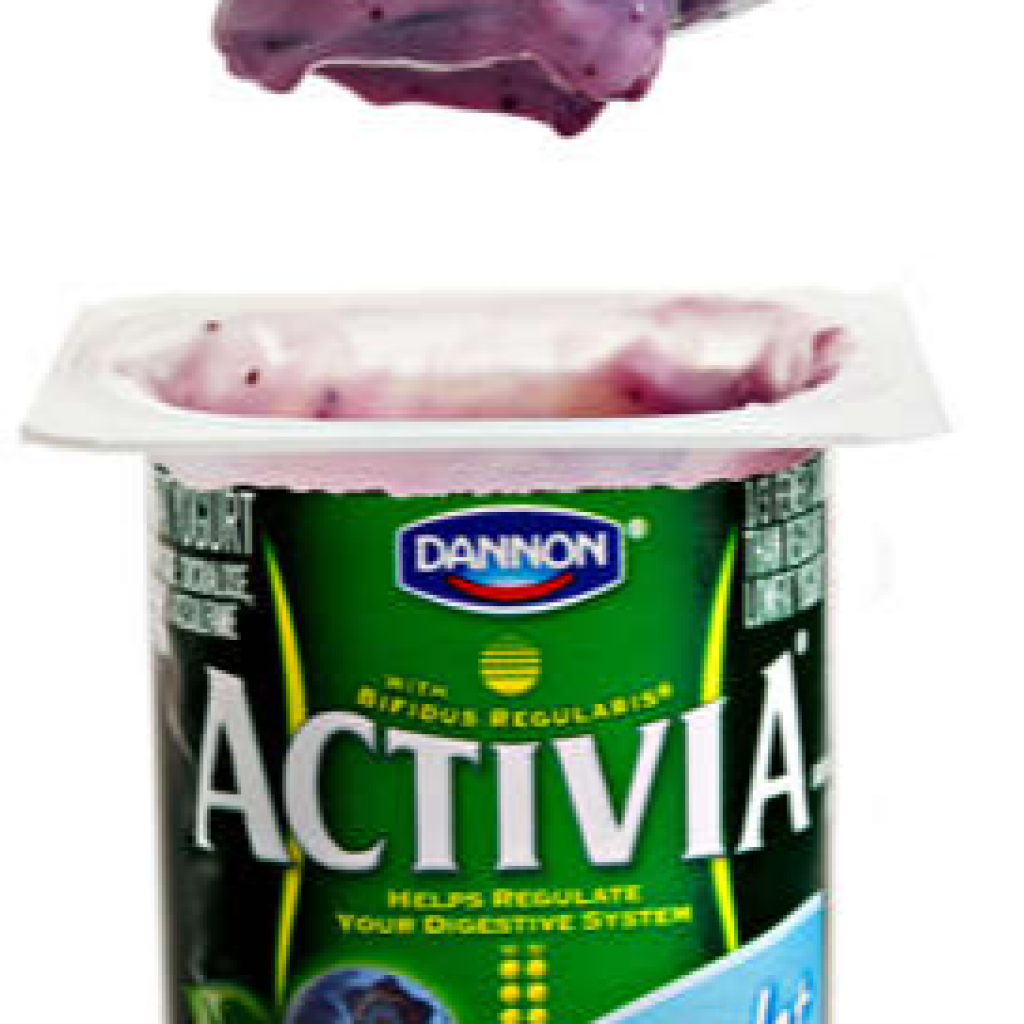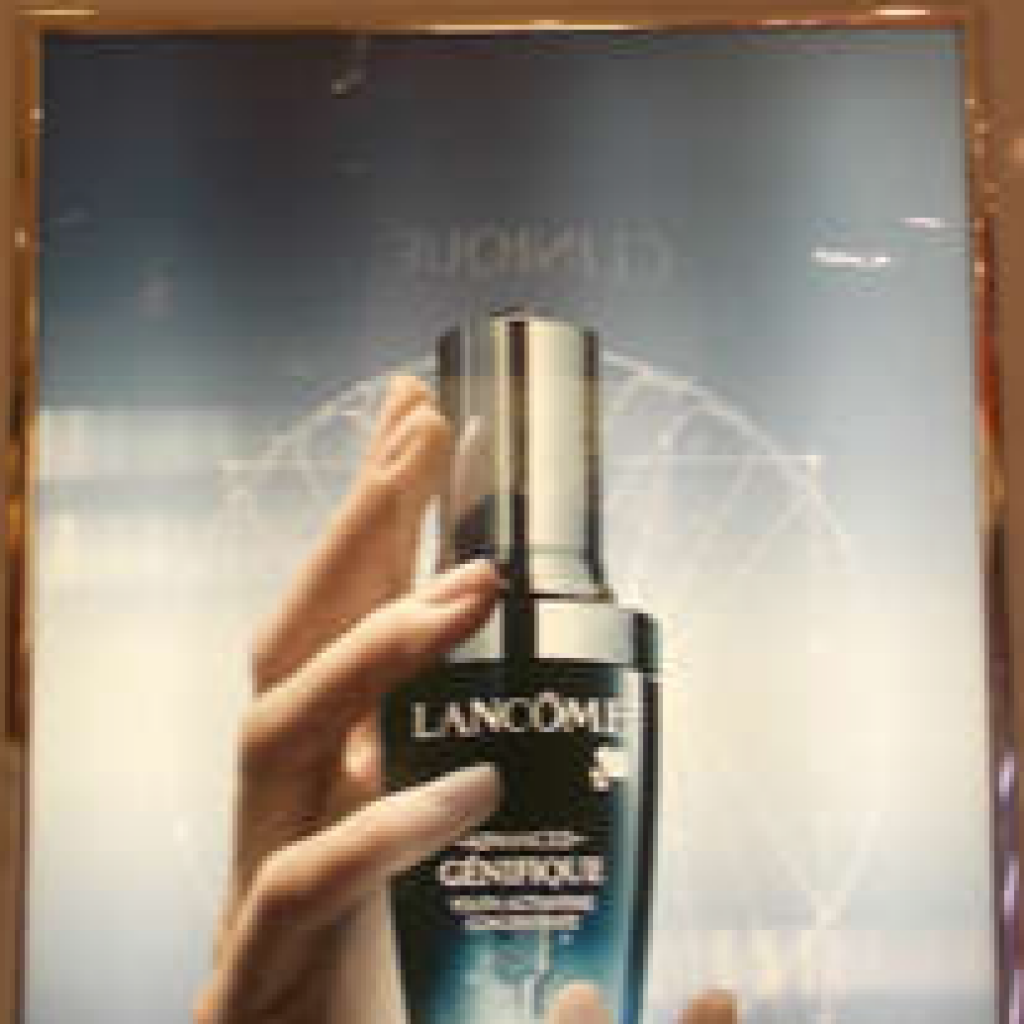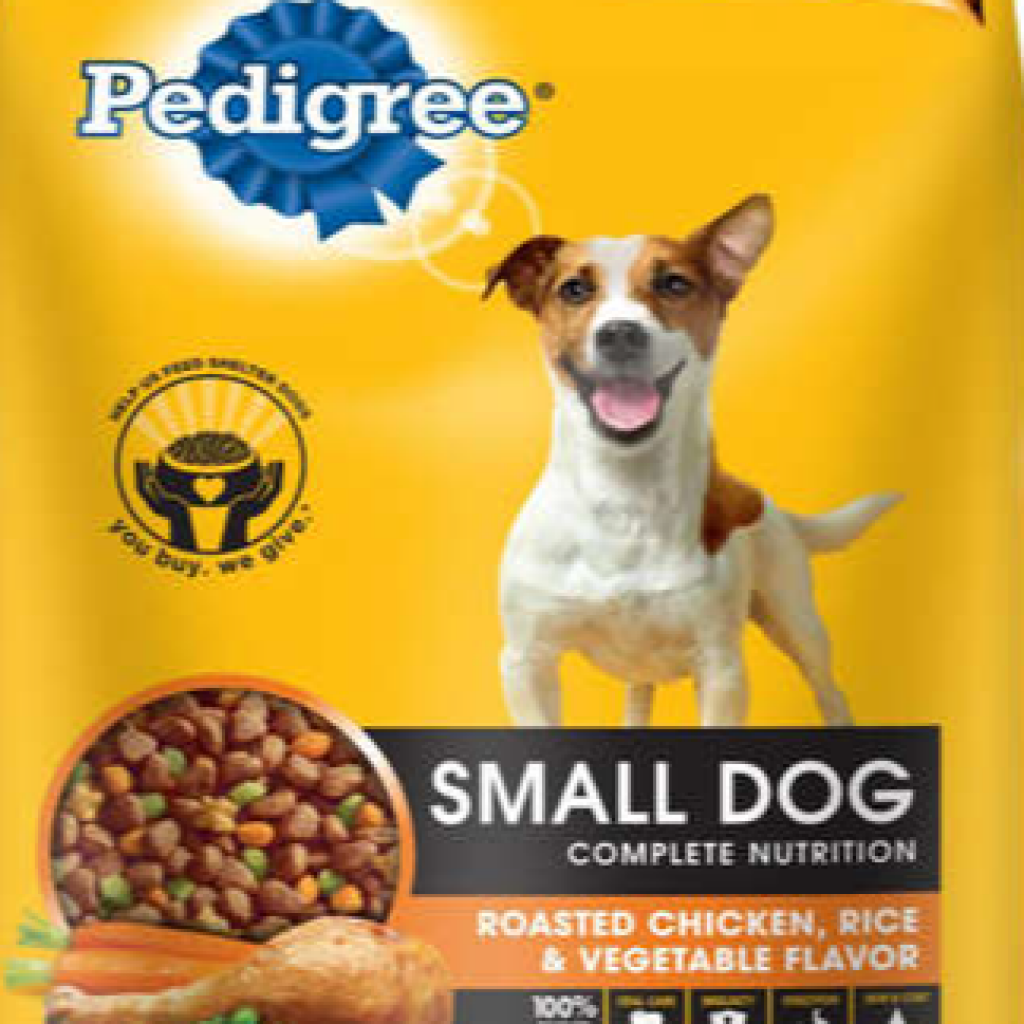“Labels matter.” Citing this 2011 California Supreme Court ruling, consumers filed a federal lawsuit against an Ankeny-based company on the grounds of customer fraud and deceptive practices. What went wrong? According to laboratory testing, Bowmar Nutrition products contained 10-67% lesser grams of protein than they claimed on the product label.
However, this isn’t the first instance of firms making outrageous product claims. Energy drink brand 5-hour Energy had to pay a $ 4.3 million lawsuit while Dannon’s alleged ‘scientifically proven’ claims cost them 45 million USD for misleading consumers with false and unsupported claims. From L’Oreal to Pedigree, overstating product benefits has cost brands in more ways than one.
Claims can make or break your brand. While smart claims can drive success, false claims can bring your entire brand down. This is where claims testing assumes significance.
What is claims testing?
Claims testing is a research method that helps brands formulate tactical and effective claims that resonate with their customer. Today, with an increasing demand for product transparency, identifying the most convincing claims for your product category can help increase brand preference. By studying and scoping through a variety, you can identify what is working and what isn’t- to measure consumer preference and improve your claims.
It is important to note that when you make a claim, you let your consumers know why they should choose your product. Therefore, ensuring that your claim is credible, unique, and aligns with your brand messaging is a crucial step in your product’s lifecycle. This offers the best purchase potential for your product.
Consider this example of a claims testing framework as formulated by insights professional Jeremy Benhammou:
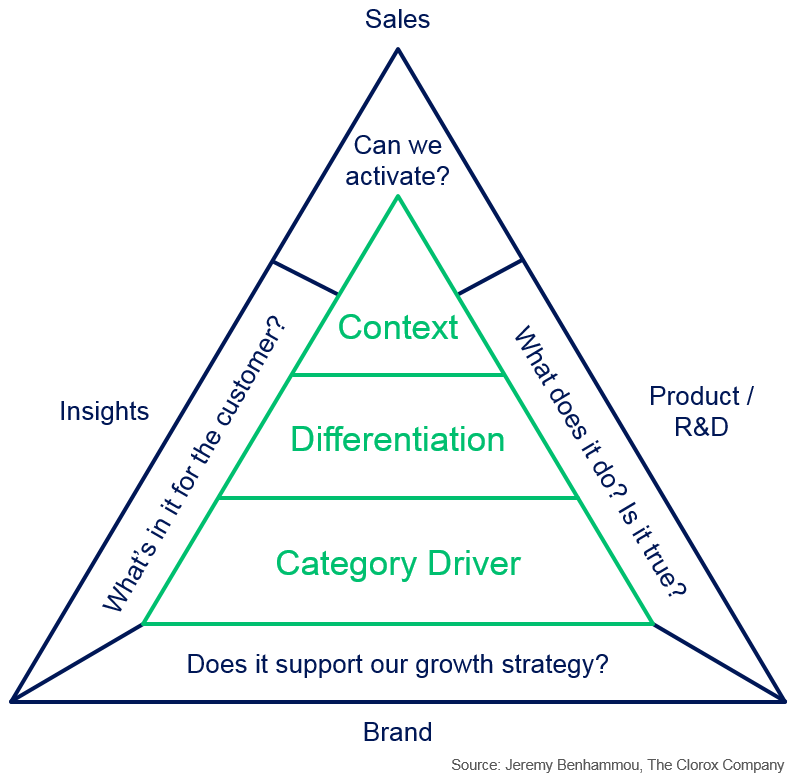
As illustrated, this provides a very crisp framework for insights that categorizes your claims based on if it is a category driver, differentiation in the market, and context claims. This is followed by answering key questions by important stakeholders across your firm- from the brand, sales, insights, and product R&D. Testing processes thus ensure no question is left unanswered and help structure the most effective claims for your products.
Do your claims hit the mark? Comprehensive product claims testing helps address the following:
- Which claims perform the best and why?
- How to better your claims with effective language and phrases that resonate?
- Which combination of claims provides the greatest reach and generates the maximum interest?
Today, conducting frequent claims testing processes for consumer products is more important than ever. Here’s why:
Helps build strong brand associations
Claims help to generate both business and brand awareness. Thus, correctly formulated claims that are aligned with your brand associations establish you as a consistent and authentic brand. This gives consumers a greater cause to believe you deliver on your promises.
In hypercompetitive markets with increasing consumer brand indifference and faltering loyalty, it isn’t surprising that 8 in 10 customers don’t remember branded content beyond 3 days. How can your brand stand out and leave a lasting impact? Robust and consistent brand values make a marked difference in brand perception. Strengthening brand associations in your messaging and claims can establish you as genuine, trustworthy, and reliable.
Therefore, conducting claims testing processes can help ensure that your claims line up and that your brand is recognizable by your consumers. Studying product claims across the market can further help you establish a differentiated brand strategy.
Structuring effective claims
Amidst a flurry of brands offering similar products, consumers look for brands that offer solutions to their problems. A claim may communicate new technologies, scientific advances, or distinguishing features. It is important to understand if these are presented realistically and appear believable to your target audience.
The average consumer’s attention span is less than 8 seconds. This means that as a brand marketer, you have approximately three seconds to convince consumers to purchase your product. So how do you decide which line or two will make the cut?
Language is the key element here. For the message to stick and generate brand recall, your claims need to be crisp and to the point. Close attention to how you phrase these statements is crucial. Claims testing helps you identify which statements garner the most attention and generate the most impact.
Consider the example below:
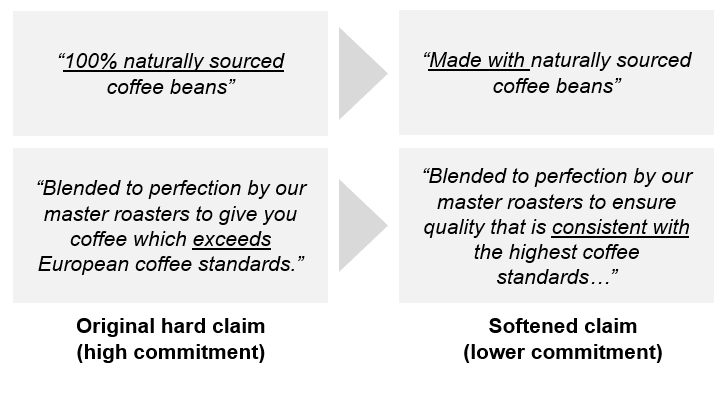
Here, one claim is more pushy and assertive as compared to the other. Claims testing helps identify and uncover which phrase might be most effective for your target audience.
Facilitates targeted messaging with consumer data
Claims testing can help you understand what works and what doesn’t for your customers. Gauging customer feedback lets you understand what product elements matter to your customers, allowing for targeted messaging. Claims can then be adapted and streamlined to selected customer groups.
Testing processes provide data that backs your brand assumptions. For instance, employing tools like a Likert scale can assess customer responses on several metrics including what is your customer’s preferred claim and which generates maximum recall. Testing solutions provide assessments on several metrics including
- Assessing the response time and scale of impact- if it creates a major disruption in routine or taps into existing behaviors.
- Relevance of each claim from uniqueness, importance, believability, and if it aligns with brand messaging.
- Behavioral metrics that offer insight into customer behavior and corresponding preferences by highlighting which messages are more disruptive- driving more action among your customers and which could lead to negative feedback.
Sebastian Schuliaquer, Category Strategy and Global Brand Insight Lead, Kelloggs, elaborated the challenges they faced in predicting successful claims and optimizing them at a global level in today’s dynamic, fast-changing marketplace. To tackle the challenges of high cost, data overload, lack of standardization, obtaining rapid turnaround times, and access to insights- they opted to adopt a cross-category global claim testing ecosystem. This included behavioral-based customer response assessments through an engaging mobile interface that enabled them to accurately predict consumer behavior and decisions.

Verifies with legal regulations
Does your product live up to its claims? You can only know for sure once it is ‘tried and tested.’
Testing processes prompt you to identify previously overlooked mistakes. It helps keep your claims in check and ensures that you aren’t making extravagant or unlawful claims. Claims testing verifies that your claims are in line with legal requirements and provides backing to avoid any future allegations of fraud.
This allows you to steer clear of misleading claims and fix any emerging issues at the earliest. Needless to say, this also saves your brand a lot of time and money.
Today, the power lies entirely in the hands of the hyper-vigilant and observant customer. Claims testing processes not only increase sales with targeted messaging but also integrate your customer into the decision-making process. In fact, it enables you to better gauge customer preferences and tailor your claims accordingly.
Netscribes helps clients define the market viability of new offerings and identify the most profitable ones. Our consumer insights market intelligence solutions are designed to help businesses grow their brands. For more information, contact us.

